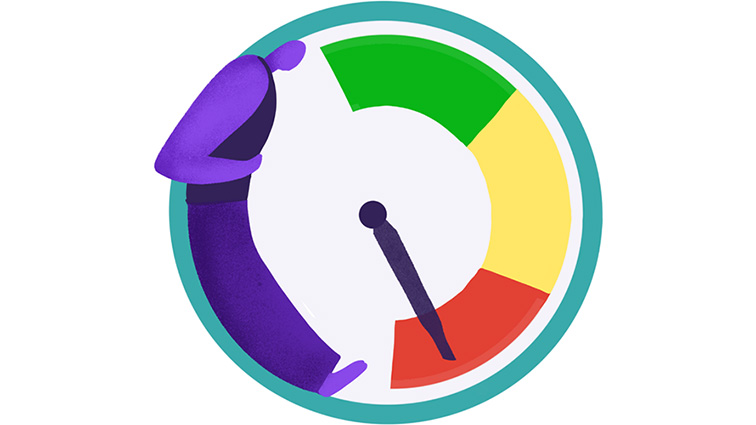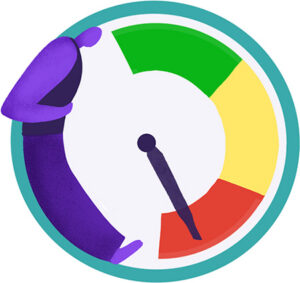
01 Sep Are your workers asleep standing up?
Article by Claire Halliday and Dr Graeme Wright
Everyone is aware that sleep deprivation of any sort can be debilitating. Ask a new mum or dad. Ask a shift worker. Or a breakfast radio host. Check in with FIFO employees. All obvious and certainly in need of support to manage sleep and ultimately fatigue.
But how about the everyday office, workshop or regular worker?
40% of Aussies report getting insufficient sleep.
And while sleep needs do change over our working life (18-65years) we require 7-9 hours sleep per night. For those who only get 4-5 hours sleep per night they report for work duties with the equivalent of 0.01% alcohol in their system. Going 17 hours without sleep equates to having an alcohol level of 0.05%. Clearly a risk to the workplace.
As well as all the health implications of poor quality and quantity of sleep, the biggest risk to the workplace is directly linked to poor cognitive function. This means not thinking clearly, making poor decisions and judgements leading to more errors. Sleep is something we cannot do without. There is no way of “banking” your sleep. So, it must be attended to daily.
 The data links between sleep and safety are compelling.
The data links between sleep and safety are compelling.
Deaths in the workplace tragically are linked to 40% involving motor vehicles. Sleep is king when it comes to managing fatigue. Good sleep habits require time to master and unfortunately a great number of us are not using our full allocation.
The data we have from the mining and mining services industries indicate that a high percentage of employees (85-90%) report they are receiving good quality sleep. However, this drops to 55% reporting they get adequate sleep. This means that the workforce is sleep deprived.
With an appropriate education and support program these sleep patterns in the workplaces improved by 40% over two years.
It is worth noting that quality of sleep has been shown to improve more rapidly than the quantity of sleep.
Another approach uses a sleep quotient (ref 1). This is the relationship between the hours you are asleep compared to your hours in bed. So, in bed for 8 hours, asleep for 4 means a quotient of 50%. If you are sleeping well this percentage is around 85%.
The critical nature of sleep is best demonstrated by the impact on health and function when the clocks are wound forward for daylight savings. This one-hour variation is associated with increased risk of stroke, heart disease, traffic accidents and deprivation of sleep for teenagers. Introducing daylight savings is directly linked to 150,000 negative health events in the USA and 880,000 globally. The MAYO Clinic reports a 19% increase in human errors with the one-hour variation. (ref 2).
We are good at identifying and controlling physical risks within workplaces. However, it is hard to see, measure or find disguised behavioural patterns of those in the workplace who are sleep deprived.
One hopes that your work colleague operating the machine and working next to you is well rested and not sleep deprived. Tragically we are only reminded of this not being the case post-accident or the error of judgement.
There are better ways to manage your sleep. We would love to talk to you about how this can happen in your workplace.
References:
- Michael Mosely – Fast Asleep
- Zhang H et al, Measurable health effects associated with daylight savings time shift, National Library of Medicine, June 2020.

